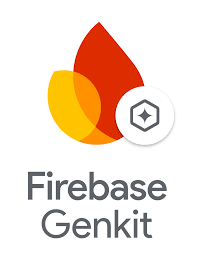During the Google I/O developer conference, Google introduced Firebase Genkit, a new addition to its Firebase platform. This framework aims to further simplify the development of AI-powered applications in JavaScript/TypeScript, with upcoming support for Go.
Firebase Genkit, released under the Apache 2.0 license, provides developers with a streamlined approach to integrate AI into both new and existing applications.
Exploring Use Cases
Highlighted use cases for Genkit include various generative AI applications such as content generation, summarization, text translation, and image generation.
Chris Gill, Google product manager, and Peter Friese, developer advocate, emphasized the challenges developers face in building and refining AI features beyond the prototype stage. Genkit aims to simplify deployment at scale while ensuring safety and stability throughout the process.
Developers can seamlessly incorporate Genkit into their workflow, leveraging familiar Firebase toolchain approaches. They can test new features locally and deploy applications using Google’s serverless platforms like Cloud Functions for Firebase and Google Cloud Run.
Extensibility and Third-Party Support
As an open-source framework, Genkit allows developers to extend its functionality as needed. It already supports various third-party open-source projects, including Google’s Gemini models and vector databases like Chrome, Pinecone, and PostgreSQL’s pgvector.
Genkit is designed to be flexible, accommodating any models, vector stores, embedders, evaluators, and other components through its plugin system.
Google’s Project IDX, a next-generation web-based integrated developer environment, will include support for Genkit’s developer UI by default.
In addition to Genkit, the Firebase team announced support for SQL databases through Firebase Data Connect, powered by Google’s Cloud SQL Postgres database. Firebase also introduced Firebase App Hosting, a serverless web hosting solution tailored for server-rendered web apps, managing tasks from building to content distribution and server-side rendering.
See also:


















